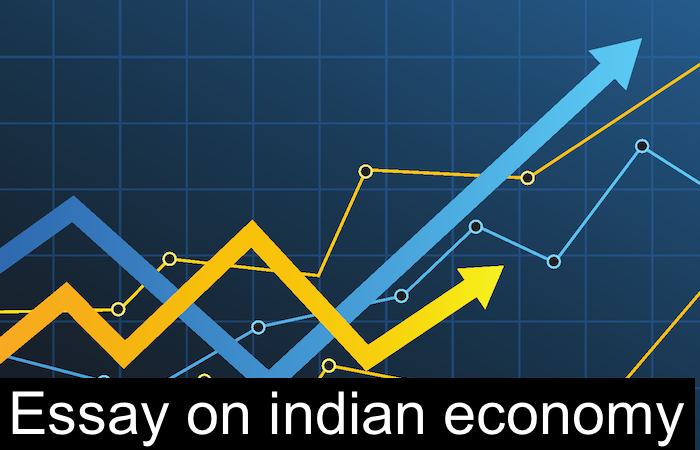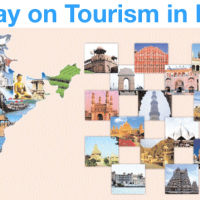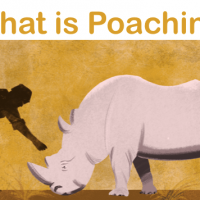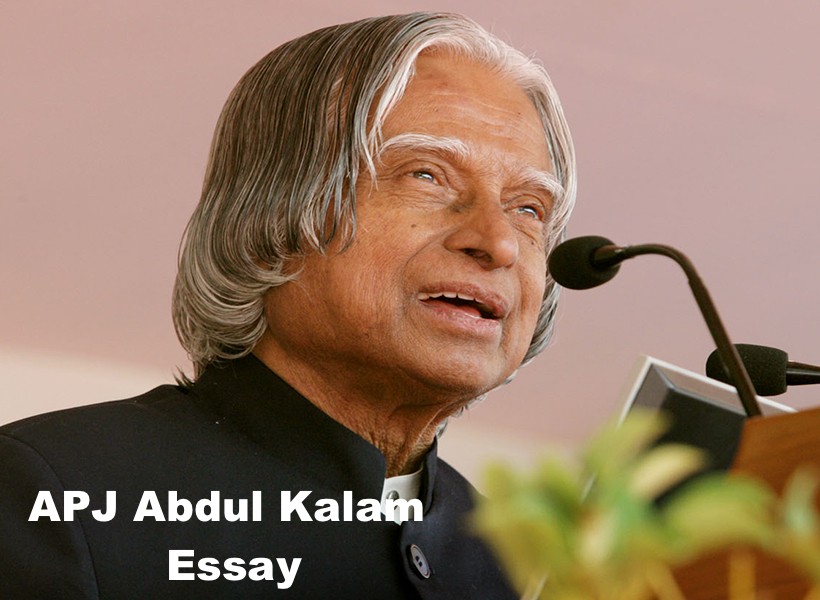Hello Friend This is special category for our small reader who study in school. If they looking for english essay for their school homework or any kind of english essay article then this special category might help you all guyz. in this article we will share indian economy essay for all class children and student . Initially we have published 600 word article for indian economy in English language

Essay on indian economy in english
he economy of India is the tenth largest economy in the world by nominal GDP and the third largest by purchasing power parity. Recording a Gross Domestic Product (GDP) of 1876. 8o billion US dollars in the financial year 2013-14, India’s economy has grown manifold since independence.
The colonial period that ended in 1947, had painted the economy with mass abject poverty. At the time of Independence, more than 72% of population was engaged in agriculture which generated only 50% of India’s GDP. Immediately post independence, the domestic policies led by Pt. Nehru tended towards protectionism, with a strong emphasis on import substitution, industrialisation, economic interventionism, a large government run public sector, business regulation and central planning.
These Nehruvian reforms were inspired by Fabian Socialism of the Soviet Union. Although, the setting up of State owned institution did expand the service sector, however, sluggishness and lethargy turned them into loss making units. Similarly, industrialisation too, could not grow to its full potential due to red tapism and stringent licensing rules. The policy of Fabian Socialism hampered the benefits of the economy leading to high fiscal deficits and worsening capital account. Stuck in a major balance of payment deficit and mounting loans in the late 198os and 1990s, India turned towards privatisation, liberalisation and globalisation.
In 1991, the new economic policy was launched by the then Finance Minister Dr Manmohan Singh. The reforms relaxed licensing rules, reduced tariffs on imports and ended many public monopolies, allowing automatic approval of foreign direct investment in many sectors. Stakes of many government run institutions were offered for sale to private companies. The Indian economy was thrown open to the world economy and Indian market was flooded with goods and services from foreign players. With the influx of multi-national companies (MNCs), the service sector registered an explosive growth rate.
Today, Indian economy is a mixed economy combining socialist and free-market ideologies. Population employed in agriculture, though reduced from 72% to a little over 50%, still make it the dominant sector with a mere 13.7% contribution to GDP in 2013-14. The next is the industrial sector that engages 23% of the country’s total work-force and contributed about 28% to the country’s GDP in 2013-14. The service sector that employs only 19% of the workforce, recorded the maximum contribution towards country’s GDP of about 59%.
According to WTO, India is a developing economy and among top twenty traders in the world. It is also one of the G-20 major economies and a member of BRICS. It is also a favourable destination for FDI because of cheap labour and other raw materials here and an intensively consumption economy. Despite the global recession of 2008, India saw a 5.6% of GDP growth rate and remained more or less immune to the world wide economics lump. However, all is not hunky dory and there are some challenges that must be combatted to put India on a smooth fast-track development.
The first of all the problems is, inflation that swings between 8-10% at present. The next is poor educational standards. Over 50% of the population is illiterate. This limits us from having a more skilled labour work-force. The inefficient agriculture that employs the maximum population and yields the minimum returns is another cause of worry. Nonetheless, the government is making every possible effort to fix these problems.
It is stitching policies and taking all possible measures to curb and reduce inflation. Employment programmes are being designed to absorb the semi-skilled work-force and efforts are being made to improve the literacy rate. Many reforms have been initiated in the agriculture sector too, besides fixing other problems. Hence, Indian economy has indeed come a long way since, 1947. battling many hurdles and challenges. With the policy-makers keen to make economic development hassle-free, Indian economy shall hopefully become one of the most prosperous economies in the world.
Also Read:
- Essay on Pollution in English
- Village life Essay in English
- Essay on Myself in English
- Essay on My Best Friend
- Essay on My School
- Essay on Family in English
- First Day at School Essay
- Corruption Essay in English
- Women Empowerment Essay
- Republic Day Essay
- Mahatma Gandhi Essay
- Essay on Global Warming
- APJ Abdul Kalam Essay
- Diwali Essay in English





